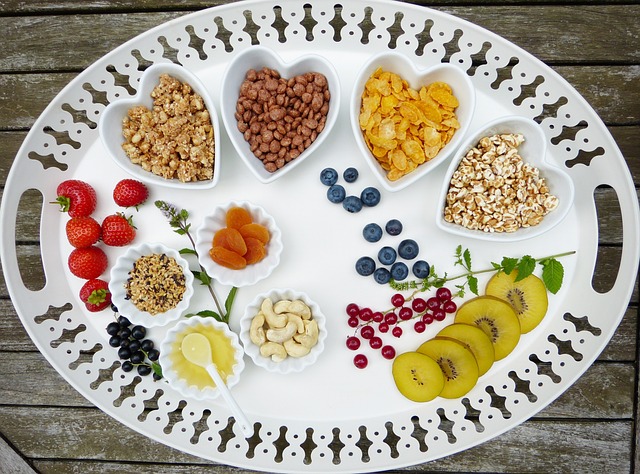On May 10, the 2025 Dietary Guidelines Advisory Committee (DGAC) held its second meeting. The group defined its subcommittees and working groups, prioritized scientific questions, and proposed research protocols for the forthcoming evidence review. Below are reflections on the meeting by Global Food IQ. Get in touch for a more detailed recap or to plan your organization’s engagement strategy.
- The DGAC will not preselect a definition for ultra-processed foods (UPF), opting to review studies using all seven existing definitions and look for patterns during evidence synthesis. DGAC members compared this approach to previous experience with dietary patterns – start broad and inclusive and let the research refine recommendations. This raises several questions – Is there too much variability among UPF definitions to draw consistent conclusions? Will NOVA end up serving as the de facto definition because of its use in most studies? Will any of the science be rigorous enough to stand up to the DGAC’s protocols and inform meaningful guidance?
- The DGAC proposed a broad working definition of health equity and reiterated its commitment to approach its task through this lens. However, shortcomings in the available science and research methods could limit what the group accomplishes. The working definition addresses fair treatment of individuals “who belong to communities that have often been denied such treatment,” and notes that “promoting equity means promoting healthy dietary selection for individuals, organizations, and environments” – requiring ongoing societal efforts. A cross-cutting working group will support all subcommittees on this topic.
- Several research questions will require brand new systematic reviews, which – pending the evidence – could lead to conclusions and recommendations we haven’t seen in previous Dietary Guidelines. Some of these reviews will cover overall beverage patterns and the relationship between certain beverages and health outcomes (e.g., coffee, tea, dairy, milk alternatives), the relationship between parental/caregiver feeding practices and following Dietary Guidelines recommendations, the impact of different food sources of saturated fat, and how portion size impacts growth, body composition, risk of obesity and/or energy intake.
- Food pattern modeling and dietary patterns may become more inclusive of cultural foodways and consumer preferences. The DGAC will evaluate food group and subgroup substitutions and reclassifications, specifically for staple carbohydrates, protein foods, and dairy foods (along with vegan and low-carbohydrate foods if time allows). The group will assess if nutrient adequacy can be met by individuals who eat more, less, or different types of these foods. If so, the types and amounts of food groups recommended by dietary patterns could change to better reflect the varied eating habits and preferences of Americans.
Final protocols will be published on dietaryguidelines.gov in early June. Reviewing them and submitting comments to the DGAC is a good opportunity to inform direction and ongoing discussions.

